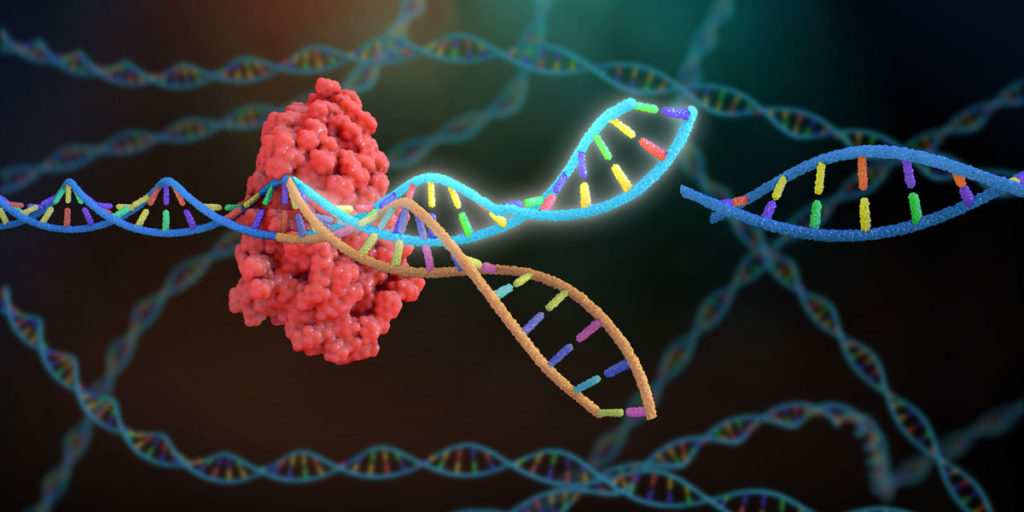Prioritizing Missense Mutations in BDNF to Predict Variant Pathogenicity in Alzheimer’s Disease (AD)
Keywords:
Mutations, Alzheimer's Disease, PathogenecityAbstract
The number of elder people will double from 2000 to 2050. When older, people become more susceptible to neurodegenerative disorders. One gene that affects the phenotypes of neurodegenerative diseases is Brain-Derived Neurotrophic Factor, BDNF. BDNF is a protein with 5 different isoforms in the human Chromosome number 11. For this study, only missense mutations were analyzed. By limiting the analysis, we can develop strategies to predict potential pathogenic effects. These missense mutations could be one of the risk factors for developing neurodegenerative diseases. The bioinformatics tools MARRVEL, NCBI, Clustal Omega, STRING, and TMHMM 2.0 were used to analyze the mutations. We extracted missense mutations data, related parameters through Geno2MP, and added amino acid change, conserved up to, and an amino acid change position in the domain columns. In addition to this analysis, the structural analysis of the well-known pathogenic mutations of BDNF were analyzed. With this data, the most potential damaging mutation was found by prioritizing characteristics of the mutations, and we determined it is V66M.

Downloads
Posted
License
Copyright (c) 2021 Srihas Rao

This work is licensed under a Creative Commons Attribution-NonCommercial-NoDerivatives 4.0 International License.
The copyright holder for this article has granted JSR.org a license to display the article in perpetuity.


